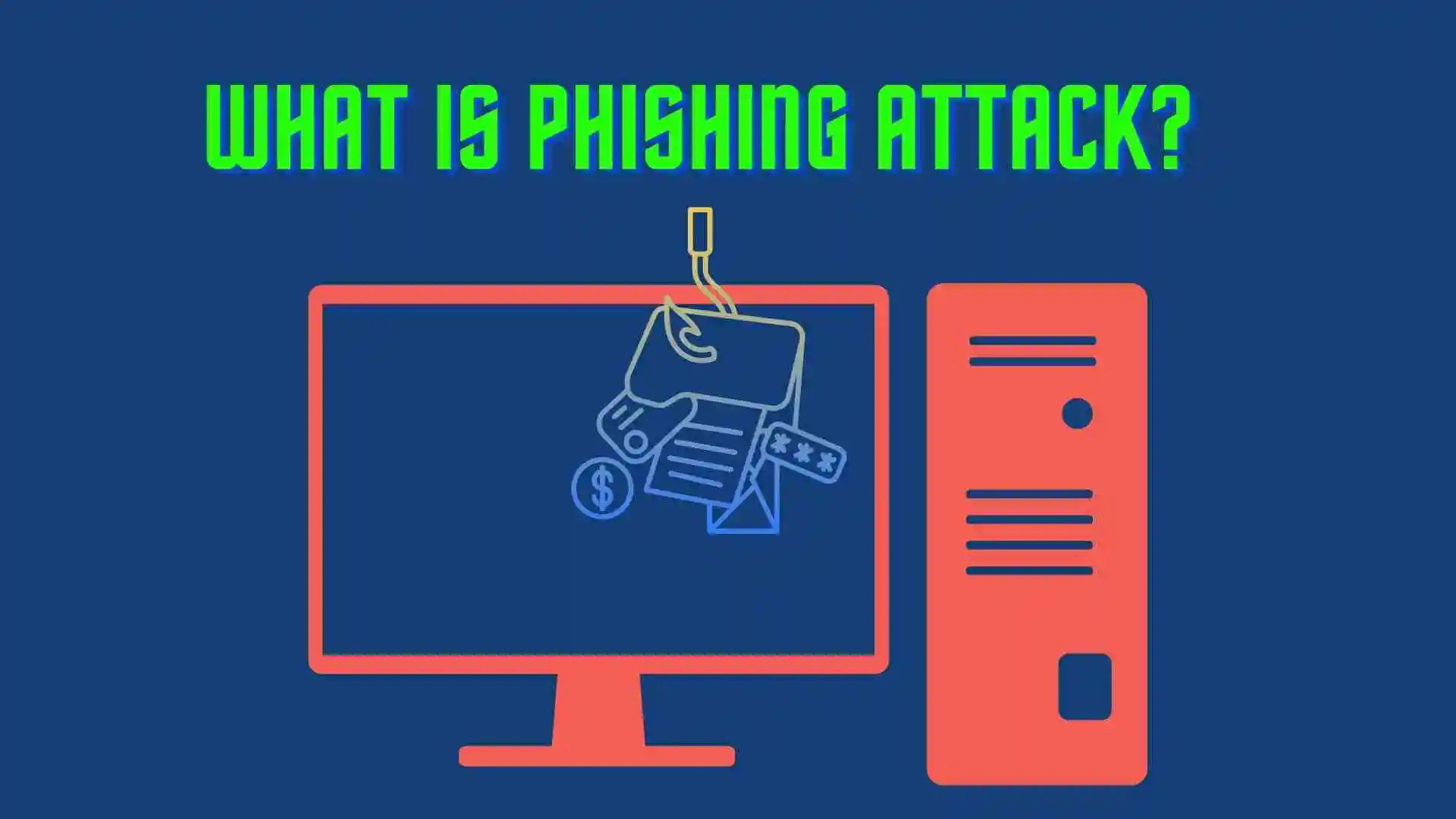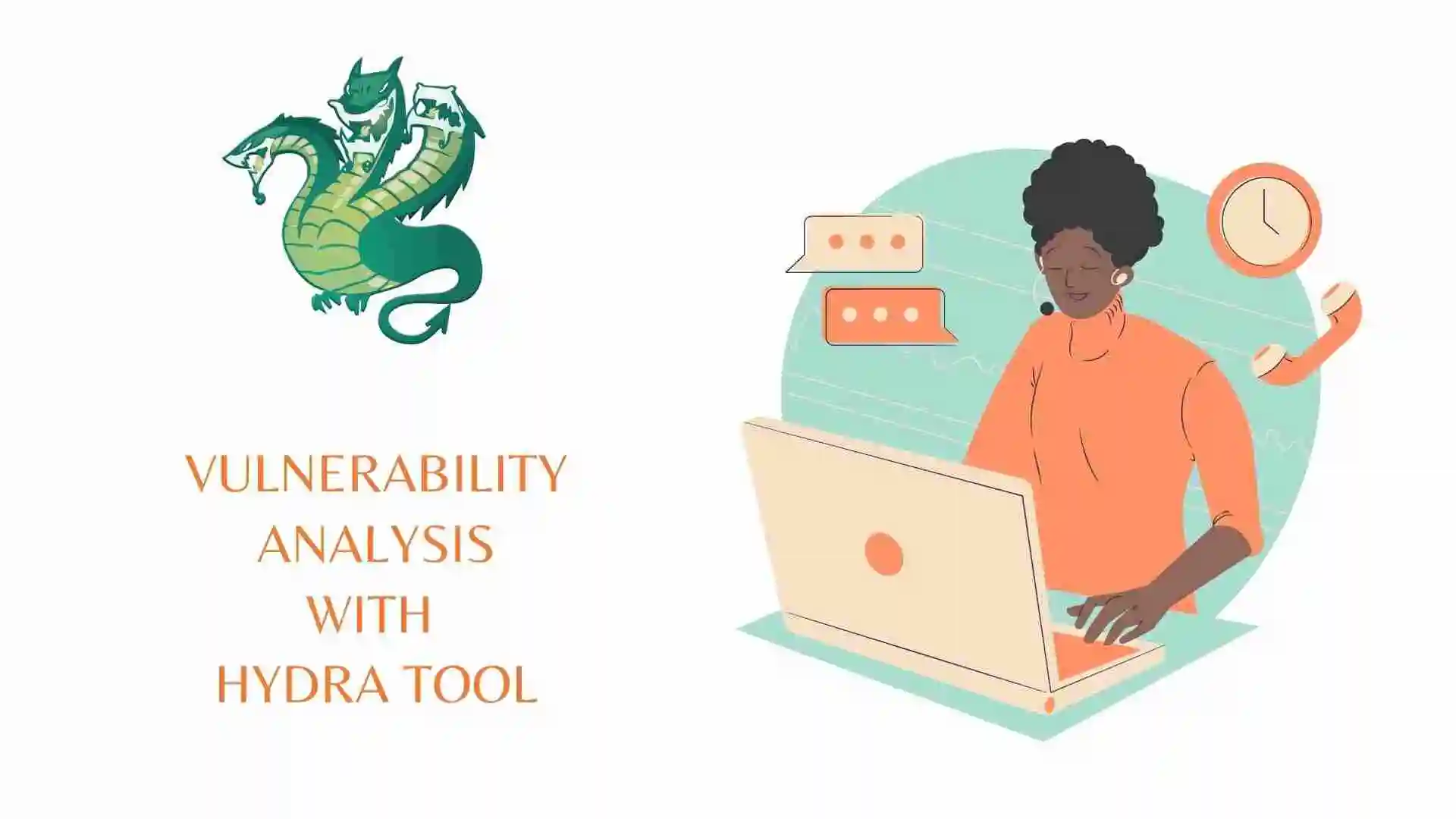In this blog, we will learn about Email Header Injection, by which we can send an email to any number of users from that we can send phishing emails so it is important to prevent this attack. We will see how to prevent it and some practicals related to it.
Table of Contents
- Introduction to Email Header Injection
- How Does Email Header Attack Vulnerability Rise?
- Impact of Email Header Attack Vulnerability
- Mitigation for Email Header Attack
- Articles on Cyber Security Tools
- Articles on Cyber Attacks
Introduction to Email Header Injection
Email header injection is a security vulnerability that occurs when an attacker can manipulate or inject malicious content into email headers. These headers provide essential information about the email, such as the sender, recipient, subject, and other metadata. Exploiting this vulnerability can lead to various attacks, including spamming, phishing, and email spoofing.
Email header injection typically occurs when user-supplied data is not properly validated or sanitized before being included in email headers. Attackers can exploit this by injecting special characters or newlines into the headers, causing the email to be interpreted incorrectly by the email client or server.
Here’s an example of how email header injection can occur:
- An attacker crafts a malicious input, such as a user-submitted form field or a query parameter, that is intended to be included in the email headers.
- The attacker injects special characters, such as newline characters (\r\n), into the input.
- The vulnerable application fails to properly validate or sanitize the input and directly includes it in the email headers.
- When the email is processed and delivered, the injected headers are interpreted by the email client or server, potentially leading to unintended consequences.
How Does Email Header Attack Vulnerability Rise?
Email header injection vulnerabilities can arise due to various factors and mistakes in the implementation of email handling functionality. Here are some common reasons that can lead to email header injection vulnerabilities:
A) Insufficient input validation:
Failing to properly validate user-supplied input before including it in email headers is a common cause of email header injection vulnerabilities. If user input is not thoroughly validated and sanitized, it can contain special characters or newline characters that can be used to manipulate email headers.
B) Inadequate encoding or escaping:
Improper encoding or escaping of user input can lead to email header injection vulnerabilities. If the input is not correctly encoded or escaped before being included in headers, it can be interpreted as a separate header or modify the structure of existing headers.
C) Improper concatenation of headers:
Concatenating user input directly into email headers without proper validation or separation can result in header injection vulnerabilities. If user input is concatenated without validating or sanitizing it first, it can introduce additional headers or manipulate existing ones.
D) Lack of strict header validation:
Failing to implement strict validation checks on email headers can make an application susceptible to header injection. If the application does not detect and reject malformed or suspicious header values, it becomes easier for an attacker to inject malicious content.
E) Insecure email handling libraries or frameworks:
Using outdated, insecure, or poorly implemented email handling libraries or frameworks can introduce vulnerabilities. It is crucial to utilize trusted and secure libraries that enforce strict validation and sanitization of email headers to mitigate the risk of injection vulnerabilities.
F) Inadequate security awareness and training:
Lack of security awareness among developers and administrators can contribute to email header injection vulnerabilities. Without a proper understanding of the risks and best practices for secure email handling, developers may inadvertently introduce vulnerabilities in their code.
Impact of Email Header Attack Vulnerability
Email header injection vulnerabilities can have significant impacts on the security and integrity of email communications. Here are some potential consequences and impacts of email header injection vulnerabilities:
A) Email Spoofing:
Email header injection allows attackers to manipulate the “From” or “Reply-To” headers, making it appear as if the email originated from a different sender. This can lead to email spoofing, where attackers impersonate legitimate individuals or organizations. Spoofed emails can be used for phishing attacks, tricking recipients into revealing sensitive information, or spreading malware.
B) Phishing Attacks:
Email header injection vulnerabilities can facilitate phishing attacks. Attackers can inject malicious links or deceptive content in the email headers, making the email appear to come from a trusted source. This can trick recipients into clicking on links, providing personal information, or performing malicious actions.
C) Malware Distribution:
Email header injection can be leveraged to distribute malware. Attackers can inject headers that redirect recipients to malicious websites or include attachments containing malware. When users interact with these emails, they may inadvertently download and execute malicious software on their systems.
D) Spamming and Unsolicited Emails:
Email header injection vulnerabilities can be exploited to send large volumes of spam emails. Attackers inject additional headers or modify existing headers to abuse the email system and send unsolicited emails. This can result in compromised email servers, blacklisting of IP addresses, and negative impacts on the reputation of legitimate senders.
E) Reputation Damage:
If attackers exploit email header injection vulnerabilities to send spam, phishing emails, or malware, the reputation of the affected sender’s domain or IP address can be severely impacted. Being associated with such malicious activities can result in the sender’s emails being marked as spam or blocked by email filters, affecting legitimate communication.
F) Information Disclosure:
Email header injection can lead to unintended information disclosure. Attackers can inject crafted headers that contain sensitive information, such as internal IP addresses, system details, or confidential data. This information can be harvested by the attacker and potentially used for further attacks or exploiting system vulnerabilities.
G) Trust and Credibility Impact:
Email header injection attacks can erode trust and credibility in an organization’s email communication. If recipients receive spoofed or malicious emails from what appears to be a trusted source, it can damage the reputation and trustworthiness of the affected organization.
Mitigation for Email Header Attack
To mitigate the risks associated with email header attacks, consider implementing the following measures:
A) Input validation and sanitization:
Thoroughly validate and sanitize user input before including it in email headers. Remove or encode special characters and newline characters that can be used for injection. Implement input validation checks to ensure that the input conforms to the expected format.
B) Separation of user input and headers:
Maintain a clear separation between user input and email headers. Avoid directly concatenating user input into headers without proper validation and sanitization. Instead, use dedicated methods or functions provided by your email handling library or framework to set header values.
C) Use trusted email handling libraries or frameworks:
Utilize well-established and secure email handling libraries or frameworks. These libraries should enforce strict validation and sanitization of email headers to mitigate the risk of header injection vulnerabilities. Keep the libraries up to date with the latest security patches.
D) Encode or escape header values:
Properly encode or escape the header values to ensure they are treated as plain text and not interpreted as part of the email header structure. Use appropriate encoding mechanisms, such as MIME encoding, to encode special characters and ensure the integrity of the email headers.
E) Strict header validation:
Implement strict validation checks on email headers to detect and reject any suspicious or malformed values. Apply validation rules to ensure that the headers adhere to the expected format and do not contain unexpected or unauthorized values.
F) Security awareness and training:
Educate users and administrators about the risks of email header attacks and provide guidance on secure email practices. Raise awareness about the dangers of phishing emails and the importance of verifying email sources and avoiding suspicious links or attachments.
G) Sender Policy Framework (SPF) and DomainKeys Identified Mail (DKIM):
Implement SPF and DKIM to enhance email security. SPF helps validate that the sending server is authorized to send emails on behalf of a domain, reducing the risk of spoofing. DKIM adds digital signatures to emails, allowing recipients to verify the authenticity of the sender.
H) Email filtering and anomaly detection:
Implement robust email filtering solutions that can detect and block suspicious emails, such as those with unusual header structures or mismatched domain names. Use anomaly detection techniques to identify email patterns indicative of malicious activity.
I) Regular security updates and patches:
Keep your email server software and associated components up to date with the latest security patches. Regularly monitor and apply updates to address known vulnerabilities that could be exploited in email header attacks.
J) Security testing and code reviews:
Conduct regular security testing, including vulnerability assessments and code reviews, to identify and address any potential vulnerabilities in your email handling functionality. Use automated tools and manual analysis to identify security weaknesses and validate the effectiveness of implemented mitigations.
By implementing these mitigation measures, you can reduce the risk of email header attacks and enhance the security and integrity of your email communications. Remember to stay informed about the latest email security best practices and emerging threats to adapt your defenses accordingly.
Articles on Cyber Security Tools
- Dirb Command Kali Linux | Dirb: A Web-Content Scanner
- Introduction to Burp Suite | How to Download Burp Suite in Linux
- What is Tmux? | Introduction to Tmux
- Introduction to Termux | Termux Introduction
- EyeZy: How to log in to other Emails without receiving a Notification.
- Nmap Scanning Tool in Cyber Security with Nmap Cheatsheet
- WPScan Full Tutorial in 10 minutes| How to scan with WPScan
- Modules and Components of Metasploit Framework
- Data Packet Capture and Filters in WireShark
- Tshark: An Alternative for WireShark and How to use it
- SqlMap command in CyberSecurity | SQL Injection Attack Tool
- Hydra Tool Full Guide | Learn Hydra Command Tutorial
- John the Ripper Tool | How to crack the Password of Files
- Nikto Tool Web Vulnerability Scanner That Every Hacker Uses
Articles on Cyber Attacks
- 10 Tips for the User to Prevent from Being Hacked by Hackers
- Cookie Hijacking, How to Detect and Prevent It with Practicals
- Session Hijacking, and How to Detect and Prevent It with Practicals
- Social Engineering and its Different Types in CyberSecurity
- What is Privilege Escalation Attack, its Types, and Prevention
- KeyLogger Attack and How to Detect and Prevent It
- Eavesdropping Attack and How to Prevent it in Ethical Hacking
- Drive-By Attack and How to Prevent it in Ethical Hacking
- Steganography Attack and How to Hide and Send Data in Image
- What is SQL Injection, its Type, Prevention, and how to perform it
- Broken Access Control Full Guide OWASP 10 in Ethical Hacking
- Insecure Deserialization in Ethical Hacking OWASP 10
- Host Header Injection | How to Attack the Header of a Request
- DOS Attack (Denial of Service) and Prevent or mitigate with it
- Sensitive Data Exposure Vulnerability OWASP10 in Ethical Hacking




